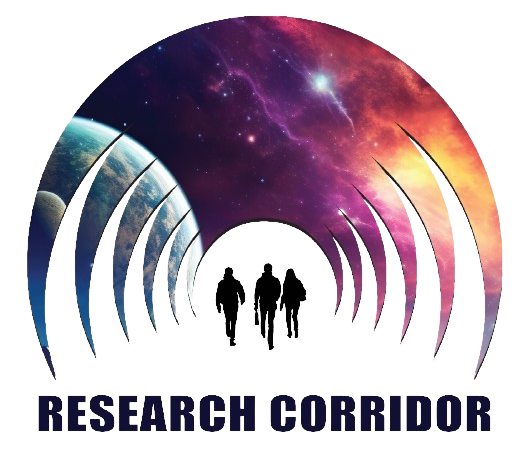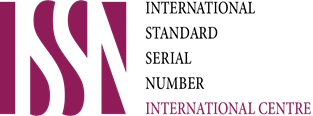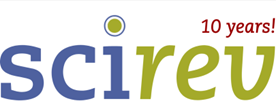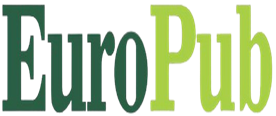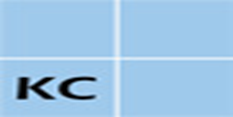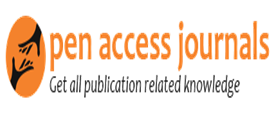Plagiarism Policy
Purpose:
This policy outlines the journal's stance on plagiarism and establishes guidelines for authors to ensure the originality and integrity of their submissions.
Definition of Plagiarism:
Plagiarism is the act of using someone else's work or ideas without proper attribution. This includes, but is not limited to:
- Copying: Directly copying text from another source without proper citation.
- Paraphrasing: Restating someone else's ideas in your own words without proper citation.
- Self-plagiarism: Reusing your own previously published work without proper acknowledgment.
Consequences of Plagiarism:
If plagiarism is detected in a submitted manuscript, the following actions may be taken:
- Rejection of the manuscript: The manuscript will be immediately rejected, and the author(s) will be notified.
- Retraction of published articles: If plagiarism is discovered after publication, the article will be retracted from the journal.
- Notification of relevant institutions: The journal may notify the author(s)' institutions or employers about the plagiarism.
- Banning from future submissions: The author(s) may be banned from submitting to the journal for a specified period.
- Legal action: In severe cases, the journal may pursue legal action against the author(s).
Guidelines for Authors:
To avoid plagiarism, authors should:
- Cite all sources: Properly cite any information or ideas that are not their own, using a recognized citation style (e.g., APA, MLA, Chicago).
- Obtain necessary permissions: If using copyrighted material, obtain permission from the copyright holder.
- Avoid self-plagiarism: If reusing parts of your own previously published work, clearly indicate this and obtain permission from the original publisher.
- Use plagiarism detection tools: Consider using plagiarism detection software to check your manuscript for originality.
Review Process:
The journal will use plagiarism detection software to screen all submitted manuscripts. If any similarity to existing sources is detected, the manuscript will be reviewed by the editorial board to determine if plagiarism has occurred.
Additional Considerations:
- Multiple submissions: Authors should not submit the same manuscript to multiple journals simultaneously.
- Author misconduct: If an author is found to have engaged in other forms of misconduct, such as falsification or fabrication of data, the journal may take appropriate action.
- Appeals: Authors may appeal a decision regarding plagiarism, but the appeal must be submitted in writing and provide compelling evidence.

